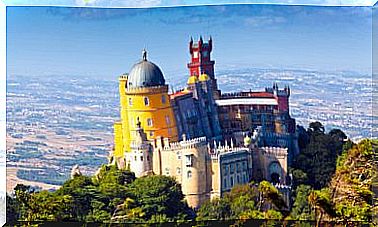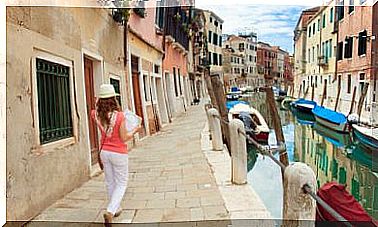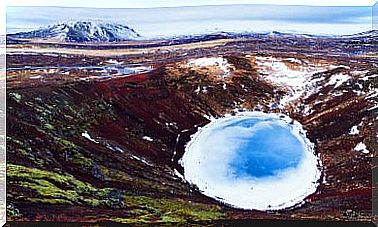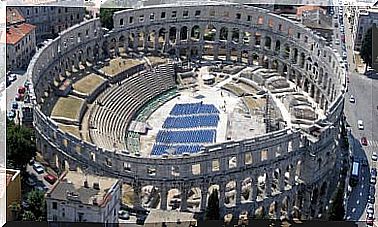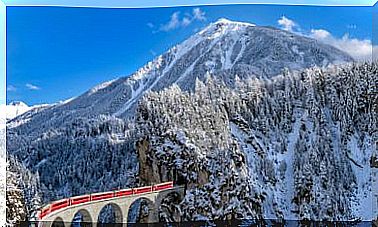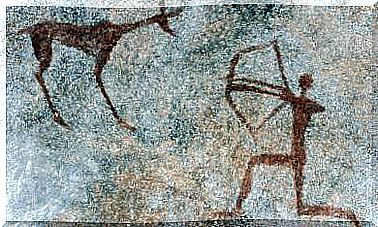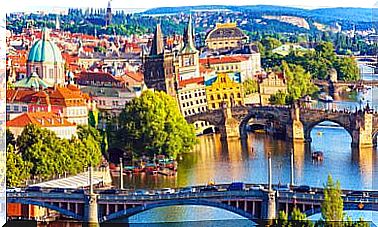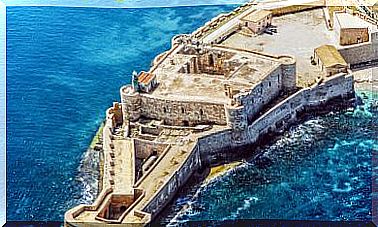San Miguel De Allende, A World Heritage Jewel

Since 2008, the Mexican city of San Miguel de Allende has been on the list of World Heritage Sites. Why? Basically for its cultural and architectural contribution to the Mexican Baroque. That is to say, it is a monumental complex of the first order. But there are more interesting points in this city in the state of Guanajuato. Here we are going to tell you.
A panoramic view of San Miguel de Allende
Before going into details, we suggest you have a panoramic view of the city and for this we recommend you walk the Paseo del Chorro to get to the viewpoint of San Miguel. That walk is the same origin of the city, since here there was a spring that was the reason for the settlement and the place where the first chapel, some baths and the washhouses were built.
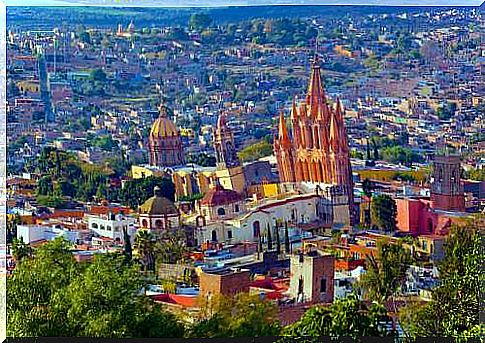
In short, this walk will show us those laundries that today are a meeting place for creators, as well as several old buildings such as the House of Culture. Finally, the viewpoint is reached to have an overall view dominated by elements such as the parish of San Miguel Arcángel or the dome of San Francisco.
San Miguel de Allende square
In this colonial-style square you will find some of the most emblematic buildings of the city, among them the parish of San Miguel Arcángel, built at the end of the 17th century, although today it shows a neo-Gothic façade from the late 19th century.

The square itself is the heart of the city, and just for spending a few hours there at sunset watching all the neighbors and all their visitors pass by, it is worth the visit.
Temple of San Francisco
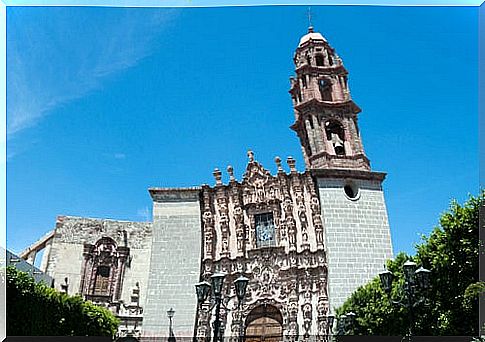
This temple of San Francisco could be considered the second of the great monuments of San Miguel de Allende for its tower and its dome, but especially for its facade, because of the controversy it generates. Historians do not agree: some say that it is pure Churrigueresque art, others describe it as the best Spanish-American baroque and, finally, there are those who think that it is a unique Mexican rococo art. In short, you have to see it not to classify it, but to admire it.
Colonial architecture
In the case of colonial buildings worthy of interest, a very long list could be drawn up, since the truth is that an excellent set is preserved here. And not only architectural, but also urban, since there are the traces of the old city, and even its entire old nucleus maintains a cobblestone that recalls past centuries. We name it for its beauty, but also to warn you that it is advisable to wear comfortable shoes in San Miguel de Allende.
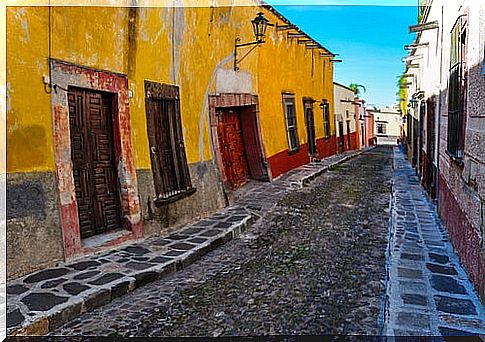
But going back to the colonial houses, we are going to name two that are the most spectacular. One is the Casa del Mayorazgo, undoubtedly a waste of the most dynamic Baroque architecture. And the other would be the Casa Allende, a 17th century construction.
This house, despite its colonial airs, inside shows an exhibition that recalls the independence of Mexico, and it is that San Miguel de Allende was one of the first places where that historical struggle of the country began. And precisely in this, Ignacio Allende was key, who was born here precisely and of which several statues can be seen around the city.
El Charco del Ingenio
We could continue naming more churches, convents, houses, palaces or statues, but before finishing we want to mention a place that you cannot miss. We are talking about the Botanical Garden of El Charco del Ingenio, which is located more or less a pleasant half hour walk from the center of the town.
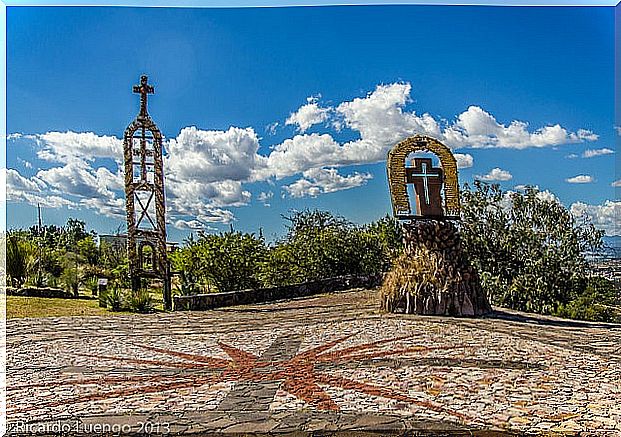
We are going to give you several information to convince you to make this visit. In the first place, it is a natural reserve of almost 70 hectares where you can enjoy a different vegetation, including some 1,300 species of cacti. The second reason is that you will discover the nutritional uses of some of these plants, and you can even buy them or taste their juices at the bar.
And possibly by drinking a cactus juice in this corner you will understand why the Dalai Lama, when he visited such a wonder of a park, declared it a Zone of Peace.
